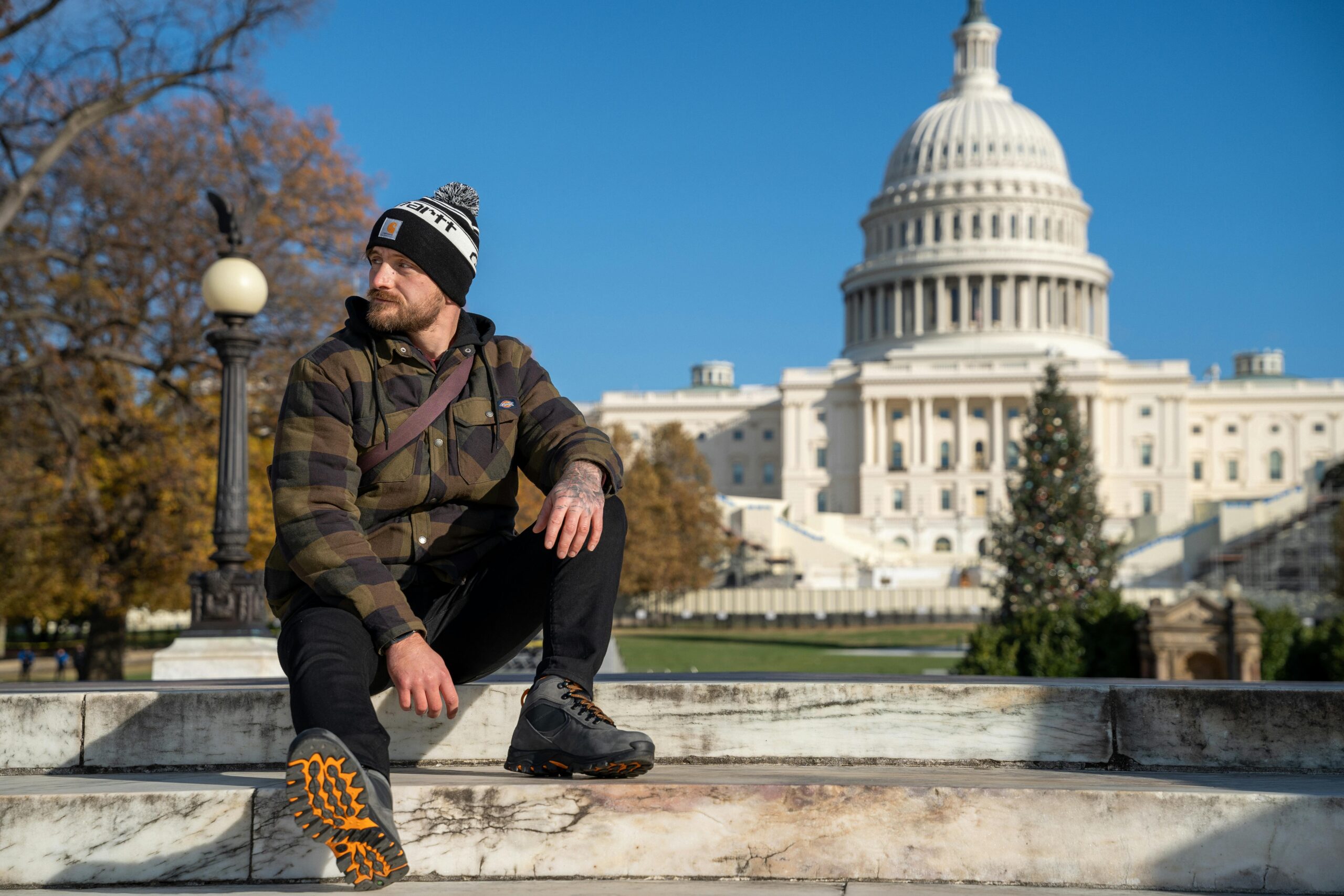In the dynamic realm of fashion, casual wear has emerged as a seamless fusion of ease and elegance, redefining everyday style. Once considered informal and appropriate only for relaxed settings, casual attire has transcended its original purpose to become a cornerstone of modern wardrobes. With its versatile appeal and adaptability, casual wear is now embraced across diverse settings, bridging the gap between functionality and aesthetic expression.
What Defines Casual Wear?
Casual wear, at its core, prioritizes comfort and simplicity over formality. This category includes clothing that is easy to wear, versatile, and suitable for everyday activities. Jeans, t-shirts, hoodies, sneakers, and other relaxed pieces are staples of casual wardrobes. However, the modern definition of casual wear extends beyond simplicity to include well-thought-out ensembles that reflect personal style.
Key characteristics of casual wear include:
- Comfort: The primary goal of casual clothing is ease of wear. Soft fabrics, relaxed fits, and breathable materials are central to this category.
- Versatility: Casual pieces are adaptable and can transition seamlessly between settings, from lounging at home to running errands or attending casual social gatherings.
- Individuality: Unlike formal wear, casual attire allows individuals to express their personalities and preferences through colors, patterns, and accessories.
The Evolution of Casual Wear
Casual wear has a fascinating history that mirrors societal changes and shifting cultural norms.
- Early 20th Century: The concept of “casual wear” began to take shape in the early 1900s. The industrial revolution introduced more relaxed clothing for factory workers, laying the groundwork for practical, everyday attire.
- Post-War Relaxation: After World War II, casual styles gained popularity as people embraced leisure and a more laid-back lifestyle. Denim jeans, once associated with laborers, became a symbol of youthful rebellion and freedom.
- 1980s and 1990s: The rise of streetwear and athleisure marked a turning point for casual fashion. Hoodies, graphic t-shirts, and sneakers became iconic, reflecting urban culture and self-expression.
- 21st Century: Casual wear has become a global phenomenon, with designers incorporating casual elements into high fashion. Today, casual attire is celebrated for its ability to balance comfort with contemporary aesthetics.
Categories of Casual Wear
Casual wear spans various categories, each catering to different preferences and occasions:
1. Classic Casual
Classic casual is timeless and understated, featuring items like button-down shirts, chinos, and loafers. This style is ideal for those seeking a polished yet relaxed look, perfect for casual Fridays at work or dinner with friends.
2. Athleisure
Athleisure combines athletic and leisurewear, emphasizing performance fabrics and sporty designs. Yoga pants, track jackets, and sneakers are staples of this trend, which blends fitness functionality with street-ready aesthetics.
3. Streetwear
Rooted in urban culture, streetwear is bold, edgy, and often features oversized silhouettes, graphic prints, and statement accessories. It appeals to younger generations who value creativity and cultural relevance in their fashion choices.
4. Bohemian Casual
Boho casual incorporates flowy fabrics, earthy tones, and eclectic patterns. Maxi dresses, fringe jackets, and sandals are hallmarks of this style, which draws inspiration from nature and artistic movements.
5. Smart Casual
Smart casual blurs the lines between formal and casual wear, offering a refined take on relaxed dressing. Blazers paired with dark denim or tailored trousers with a polo shirt exemplify this versatile style.
Key Staples of Casual Wear
Building a casual wardrobe involves investing in versatile, high-quality pieces that can be mixed and matched. Here are some essentials:
- Jeans: A timeless favorite, jeans are the cornerstone of casual attire. From skinny to relaxed fits, denim offers endless possibilities.
- T-Shirts: Basic tees in neutral colors and graphic prints provide a foundation for casual outfits.
- Sneakers: Comfortable and stylish, sneakers are a must-have for any casual wardrobe.
- Outerwear: Hoodies, denim jackets, and bomber jackets add layers of style and warmth.
- Accessories: Minimalist accessories like watches, hats, and crossbody bags enhance casual looks without overwhelming them.
The Influence of Casual Wear on Modern Fashion
Casual wear has reshaped modern fashion by emphasizing the importance of comfort and practicality. including:
- Workplace Trends: The rise of remote work and relaxed office dress codes has popularized casual wear in professional settings. Smart casual attire is increasingly accepted in industries that once adhered to strict formal dress codes.
- Sustainability: Casual wear often emphasizes durable and sustainable materials, aligning with the growing demand for eco-friendly fashion.
- Gender Fluidity: Casual clothing tends to be more gender-neutral, offering inclusive styles that cater to diverse identities.
- Cultural Fusion: Global influences are evident in casual wear, with traditional patterns and textiles inspiring modern designs.
Styling Tips for Casual Wear
Achieving a stylish casual look requires attention to detail and a balanced approach:
- Layering: Play with different layers to bring dimension and character to your outfits. Pair a graphic tee with a flannel shirt and a denim jacket for a trendy look.
- Fit Matters: While casual wear is known for its relaxed fits, ensure that clothing is not overly baggy or ill-fitting. A tailored appearance enhances overall style.
- Play with Colors: Incorporate pops of color or patterns to make your casual outfits stand out.
- Accessorize Smartly: Minimalist accessories can elevate your look without overshadowing it. A sleek watch or a stylish cap can add a finishing touch.
The Future of Casual Wear
As fashion evolves, casual wear is set to maintain its position as a powerful and enduring trend. Innovations in fabrics, technology, and design will further enhance the functionality and appeal of casual clothing. For example:
- Sustainable Fabrics: Brands are increasingly using organic cotton, recycled polyester, and biodegradable materials to create eco-friendly casual wear.
- Smart Clothing: Technology is being integrated into casual wear, with features like temperature regulation and moisture-wicking fabrics.
- Inclusivity: The future of casual wear will likely emphasize inclusivity, offering diverse sizes, styles, and designs to cater to a broader audience.



